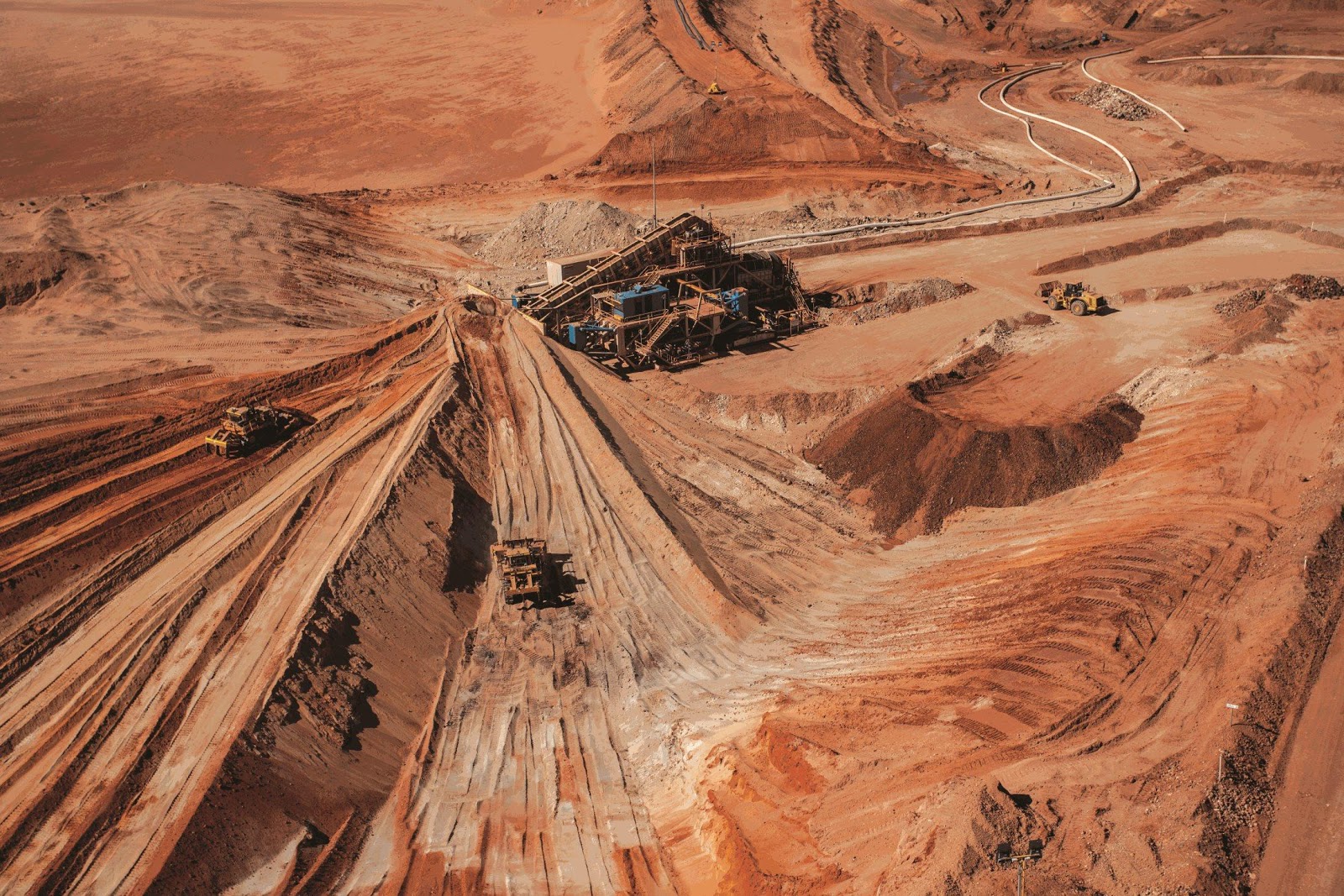Rutile sand is a mineral primarily composed of titanium dioxide (TiO2) and is commonly found in loose, granular form or as sand-sized grains. It possesses a tetragonal crystal structure and exhibits a prismatic or needle-like habit.
Key physical properties of rutile sand include:
- Color: Rutile sand can display a wide range of colors, such as golden yellow, reddish-brown, black, or iron black. The color variations are due to different trace impurities present in the mineral.
- Density: Rutile sand has a relatively high density, typically ranging from about 4.2 to 4.3 grams per cubic centimeter (g/cm³). This density contributes to its use in various applications.
- Hardness: On the Mohs scale of mineral hardness, rutile sand scores around 6 to 6.5. It is moderately hard, making it more durable than many common minerals, but softer than materials like quartz or diamond.
- Transparency: Rutile is an opaque mineral, meaning that light cannot pass through it. As a result, the sand appears solid and does not exhibit any transparency or translucency.
- Luster: Rutile sand has a submetallic to adamantine luster, meaning it can appear shiny with a metallic or diamond-like sparkle when light reflects off its surface.
- Cleavage: Rutile sand exhibits poor to indistinct cleavage. This means that it lacks well-defined planes along which the mineral can split. Instead, it tends to fracture irregularly.
- Magnetism: Rutile sand is non-magnetic and does not possess any significant magnetic properties.
These distinct physical characteristics make rutile sand valuable for various applications, including as a source of titanium dioxide for pigments in paints, plastics, and ceramics. It is also used in the production of titanium metal and has gemological significance when it forms golden needles or inclusions within other minerals, creating the sought-after “rutilated quartz” used in jewelry. Additionally, its hardness and durability make it useful as an abrasive in industries like sandblasting and for making grinding wheels and polishing compounds.





Leave a Reply